I have tried to get the edge of the mask image with the following code:
import numpy as np
from matplotlib import pyplot as plt
img = cv2.imread('ISIC_0000000_segmentation.png',0)
edges = cv2.Canny(img,0,255)
plt.subplot(121), plt.imshow(img, cmap='gray')
plt.title('Original Image'), plt.xticks([]), plt.yticks([])
plt.subplot(122), plt.imshow(edges, cmap='gray')
plt.title('Edge Image'), plt.xticks([]), plt.yticks([])
plt.show
What I get is this:
 But the edge isn't smooth for some reason.
But the edge isn't smooth for some reason.
My plan was to use the edge image to crop the following picture:

Does anyone know how I could make the edge image better and how I could use this to crop the normal image?
EDIT: @Mark Setchell made a good point: If i could use the mask image directly to crop the image that would be great.
Also: It is maybe possible to lay the normal image precisely on the mask image so that the black area on the mask would cover the blue-ish area on the normal picture.
EDIT: @Mark Setchell introduced the idea of multiplying the normale image with the mask image so what the background would result in 0(black) and the rest would keep its color. Would it be a problem when my mask image is .png and my normal picture is .jpg when multiplying?
EDIT: I have written the following code to try to multiply two pictures:
# Importing Image and ImageChops module from PIL package
from PIL import Image, ImageChops
# creating a image1 object
im1 = Image.open("ISIC_0000000.jpg")
# creating a image2 object
im2 = Image.open("ISIC_0000000_segmentation.png")
# applying multiply method
im3 = ImageChops.multiply(im1, im2)
im3.show()
But I get the error:
ValueError: images do not match
Does anyone know how I could solve this?




